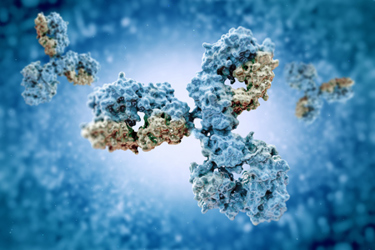Characterizing The Effect Or Functions Of Therapeutic Antibodies

Understanding the effector functions of therapeutic antibodies is crucial in the field of oncology. The structure of antibodies, specifically the Fc region, plays a critical role in the effector functions of therapeutic antibodies. The Fc region of antibodies mediates various immune responses by interacting with Fc receptors or C1q. Characterizing these effector functions is important for understanding the potential efficacy of antibody-based therapies in oncology.
Immunoglobulin G (IgG) consists of four protein chains, two heavy chains and two light chains, which are linked by disulfide bonds to form a Y-shaped molecule. The fragment antigen-binding (Fab) of the antibody allows the molecule to bind with high specificity to its antigenic drug target. This can have direct biological effects such as blocking a host recognition protein or inhibiting a toxin/enzyme of la pathogen. In addition to this mechanism, once an antibody is bound to its target, the fragment crystallizable (Fc) region may interact with the innate immune system via Fcy receptors or the C1q complement protein, which may lead to additional effector functions such as antibody-dependent cellular cytotoxicity (ADCC), complement-dependent cytotoxicity (CDC) and/or antibody-dependent cell-mediated phagocytosis (ADCP) activity.
Due to the potential of these molecules to induce immunological responses through the Fc region of the IgG protein, there is an expectation these effector functions will be evaluated to determine whether they have an impact on the product safety and efficacyimpact on the product safety and efficacy.
Specifically, they require ADCC, CDC and possibly also ADCP to be evaluated. Understanding the Fc region of your antibody product is crucial for assessing the impact on immunology, safety, and efficacy. Explore how using a risk-based approach can help determine the most efficient way to test functionality relevant to the stage of drug development.
Get unlimited access to:
Enter your credentials below to log in. Not yet a member of Bioprocess Online? Subscribe today.
